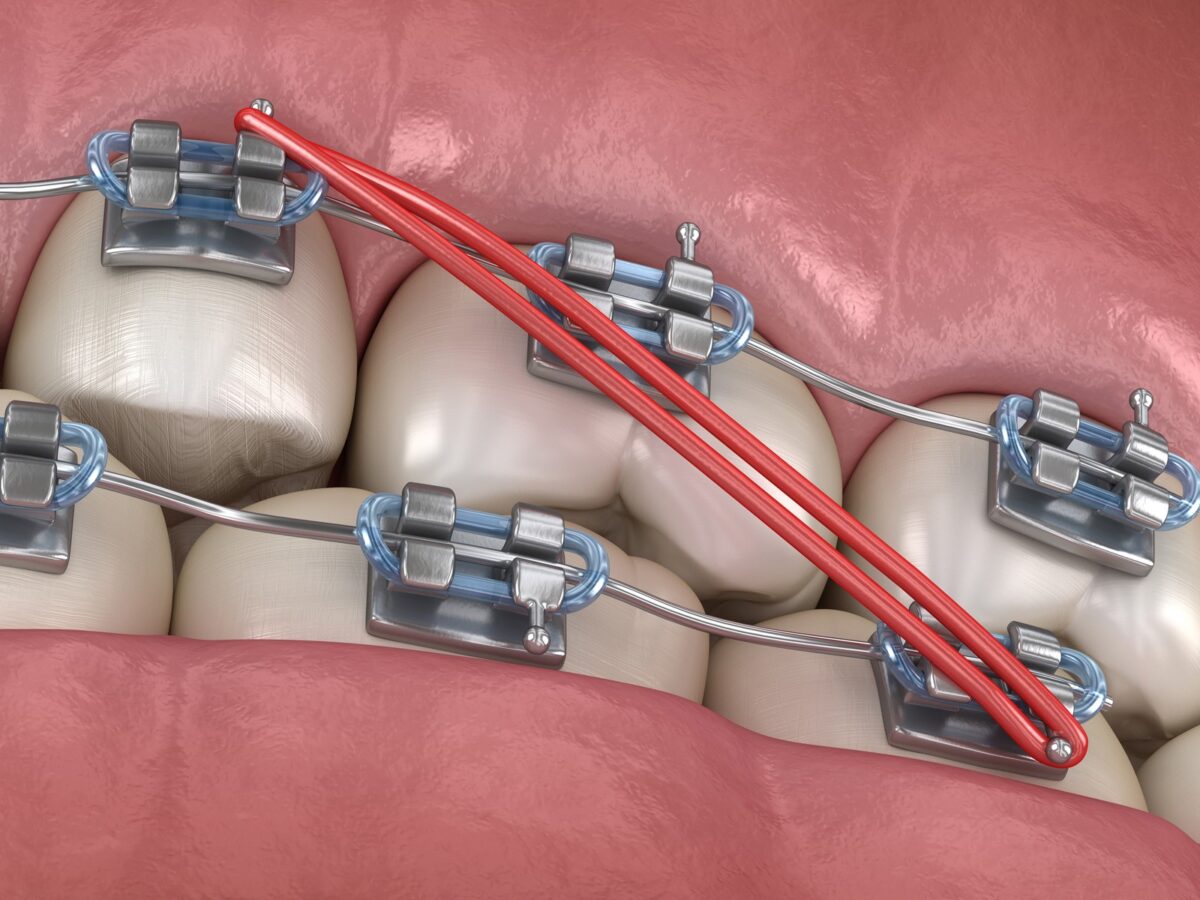Blog
Dental hygiene tips for healthy teeth & gums

What happens if you wear the wrong size rubber bands on braces?
Rubber bands or elastics are used for a variety of orthodontic treatments. Read further to know what they are, how they are used, and some adverse outcomes of wearing the wrong size rubber band on braces.
What are rubber bands?
Orthodontists use braces to treat a variety of dental issues, including tooth alignment.
They use it to apply pressure to the teeth and jaws to fix their position. An archwire that passes through brackets is used for this force by tightening them. But for some additional force, orthodontics uses another tool called a rubber band, or elastic. These rubber bands are used to impart extra stress on specific regions.
How are rubber bands used?
Rubber bands are used for braces in a variety of ways. Rubber bands are attached to the brackets on the braces and can be arranged in various positions. Small metal hooks on the bracket are used to attach and secure them.
They’re frequently used to correct many forms of misaligned jaws, including underbite, overbite, crossbite, and open bite. They are sometimes used along with braces to help alter tooth spacing or posture, such as by straightening or tilting the head in the correct position.
What happens if you wear the wrong size rubber bands on your braces?
Braces can break, or their wire can break if the rubber band is worn incorrectly. A wrong-sized rubber band can also lead to the wrong positioning of teeth and worsening the bite. The teeth and supporting bones may not move due to undesirable stress applied to them. Too much force can also lead to necrosis (cell death), which will cause tooth movement to come to a halt. Never try to reposition your teeth on your own. This can result in tooth loss and other negative consequences.


